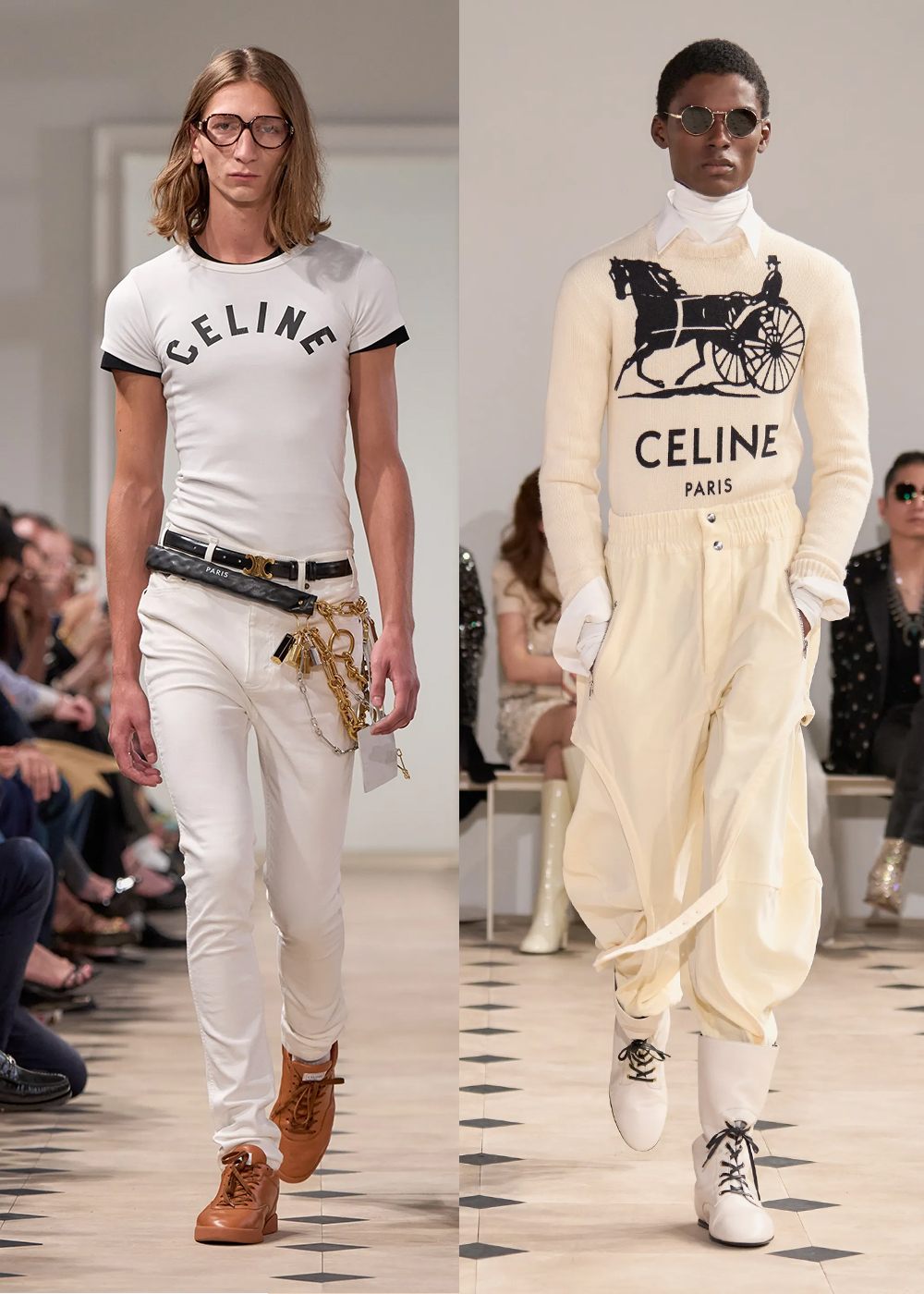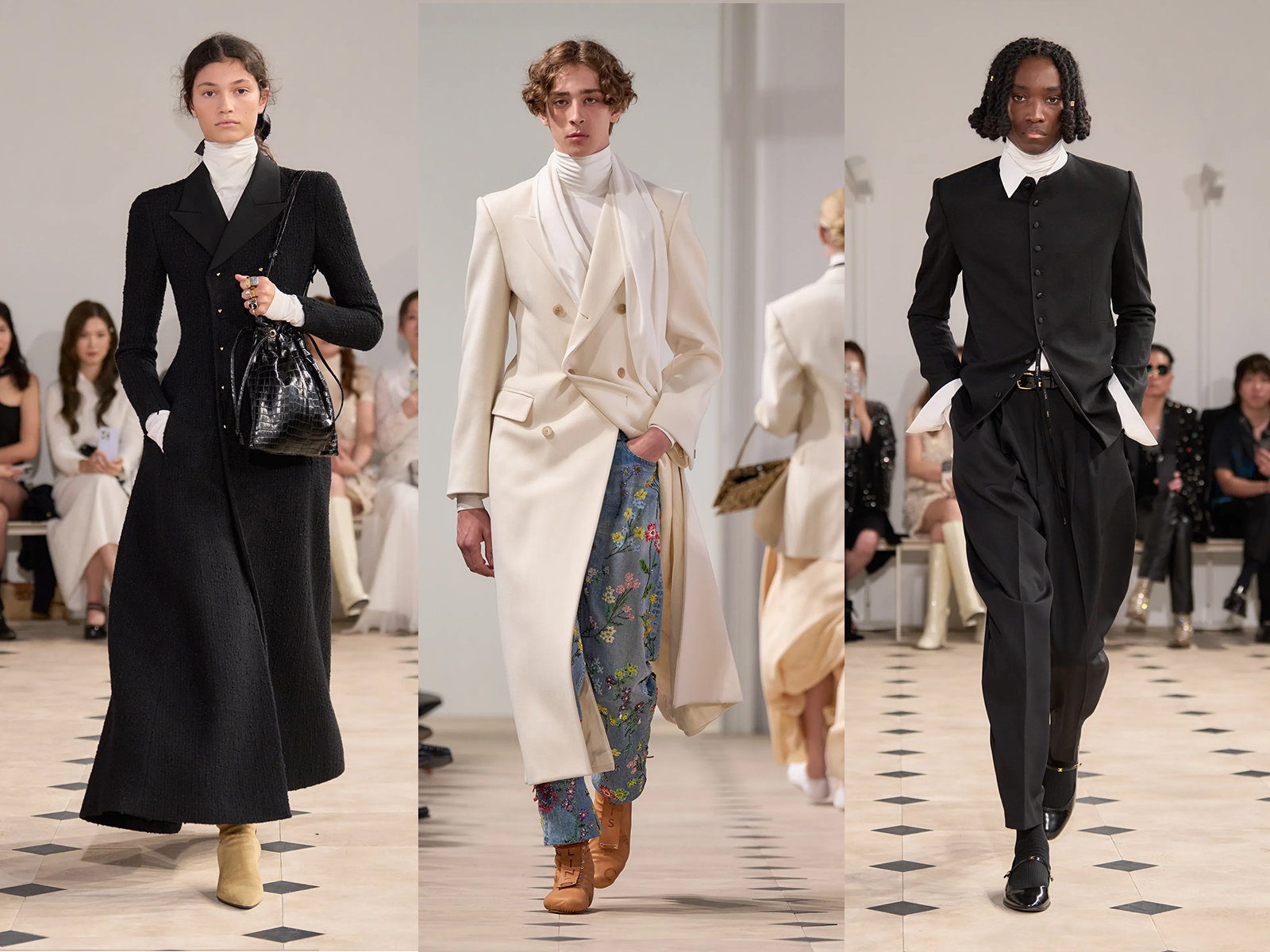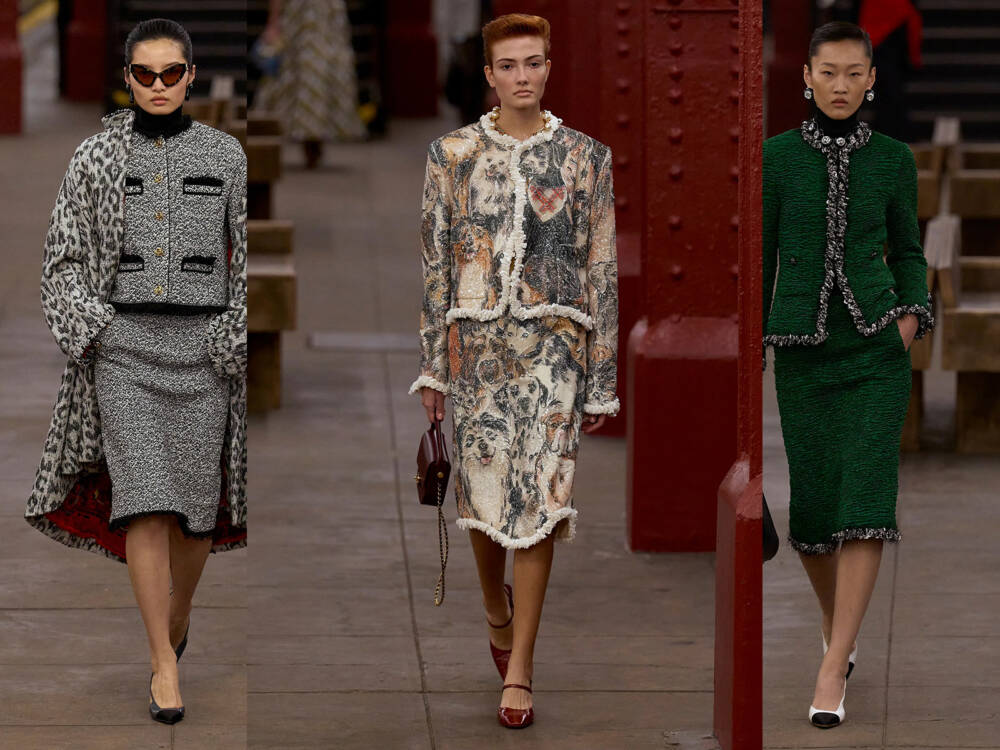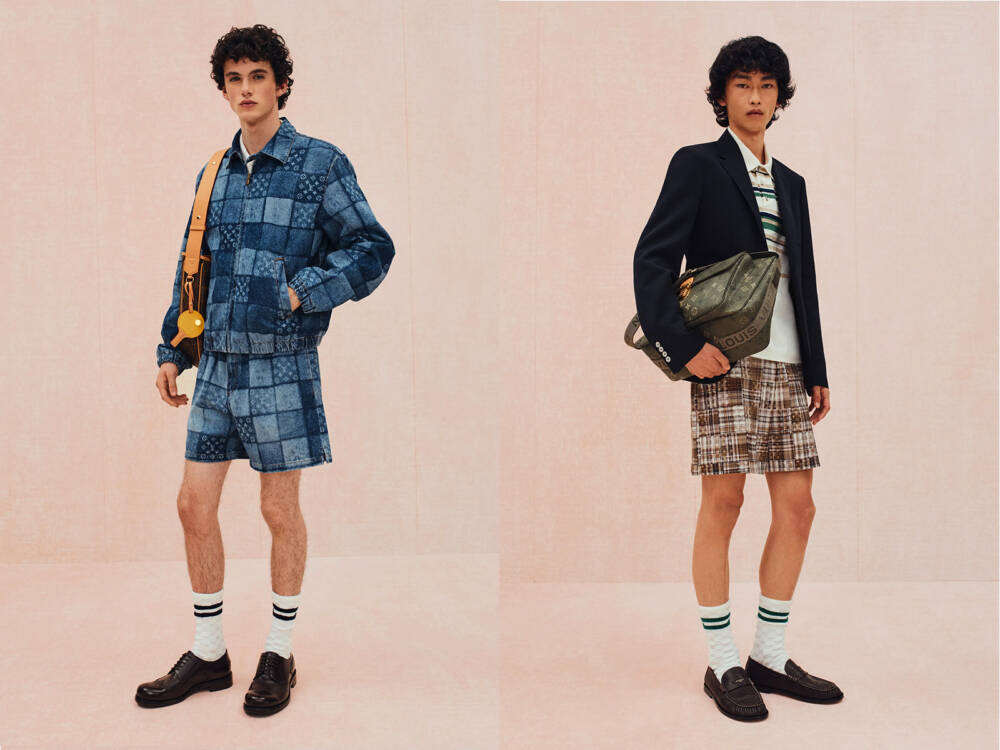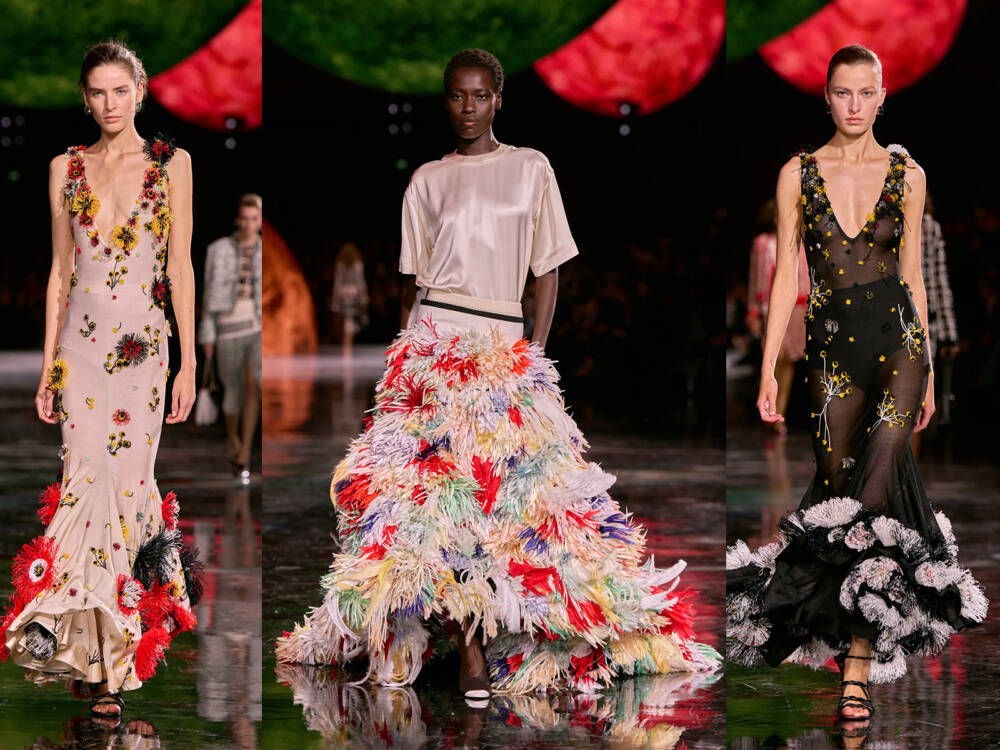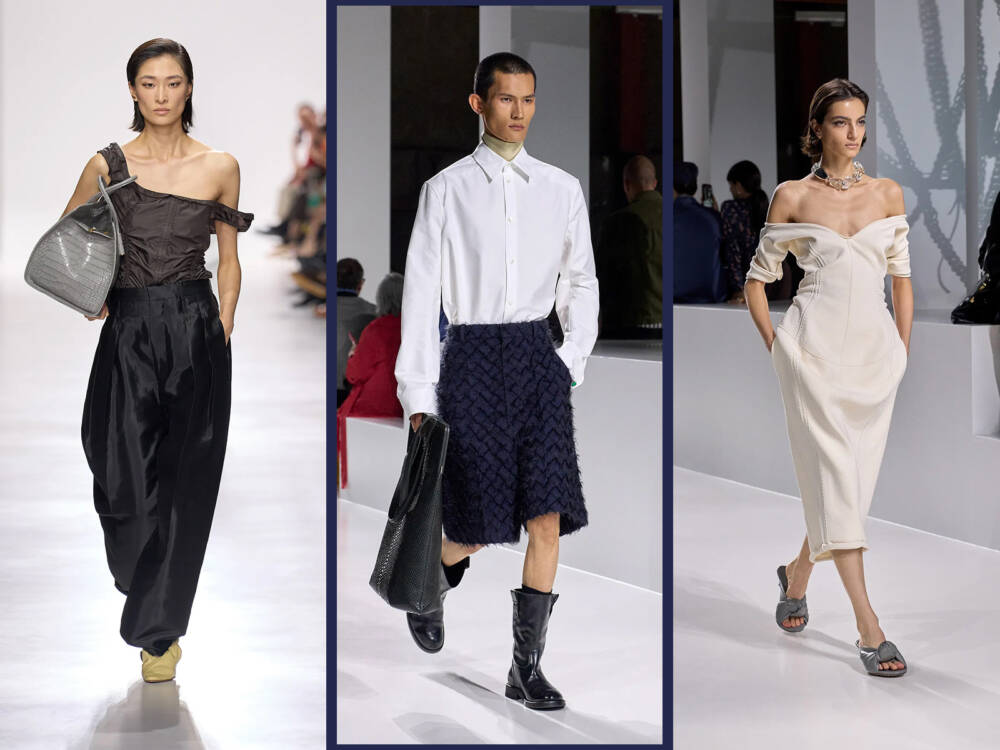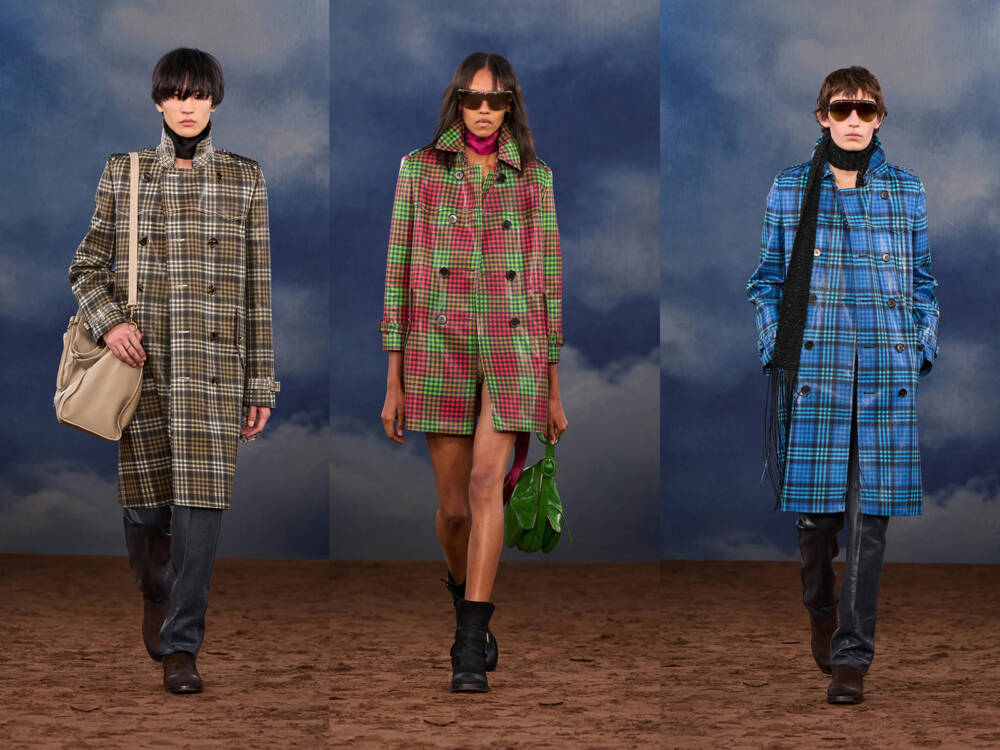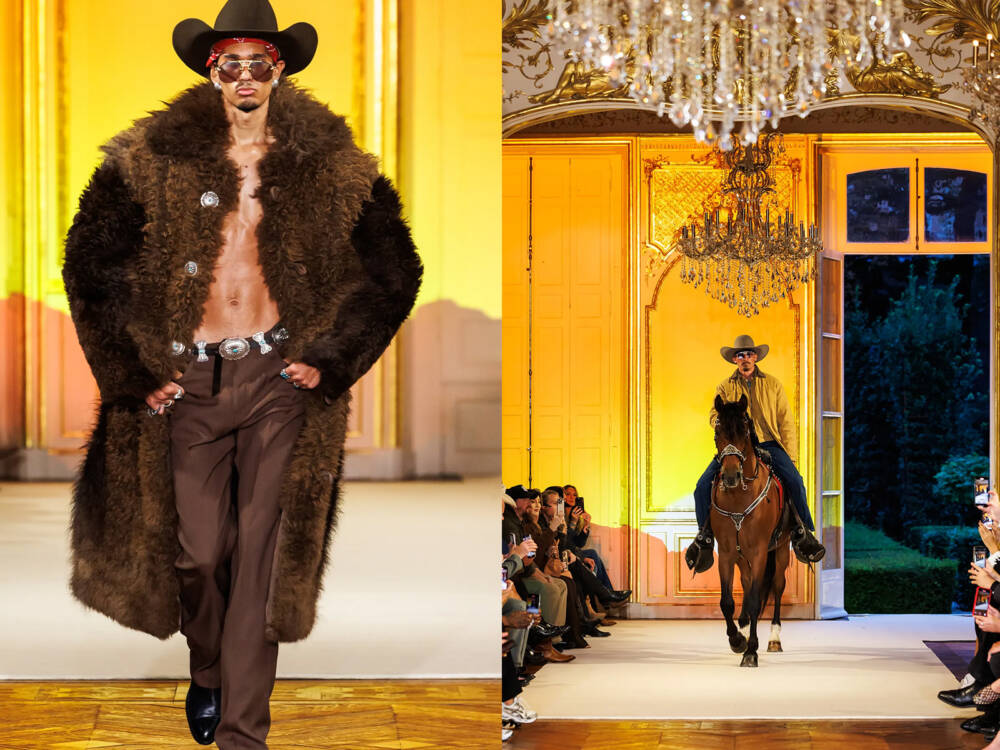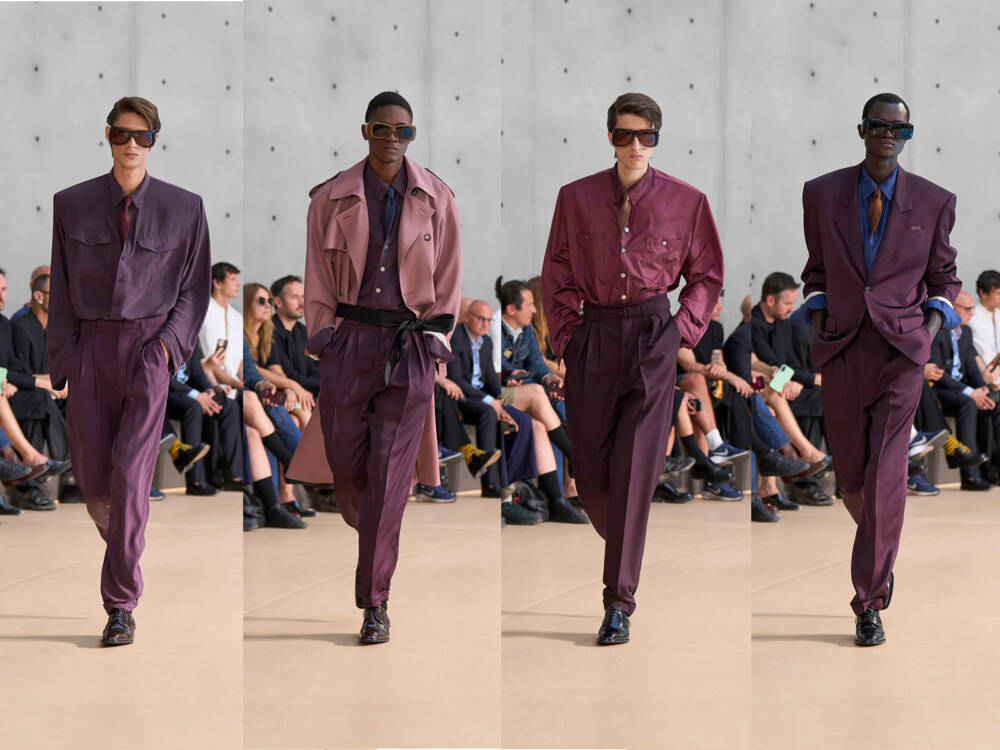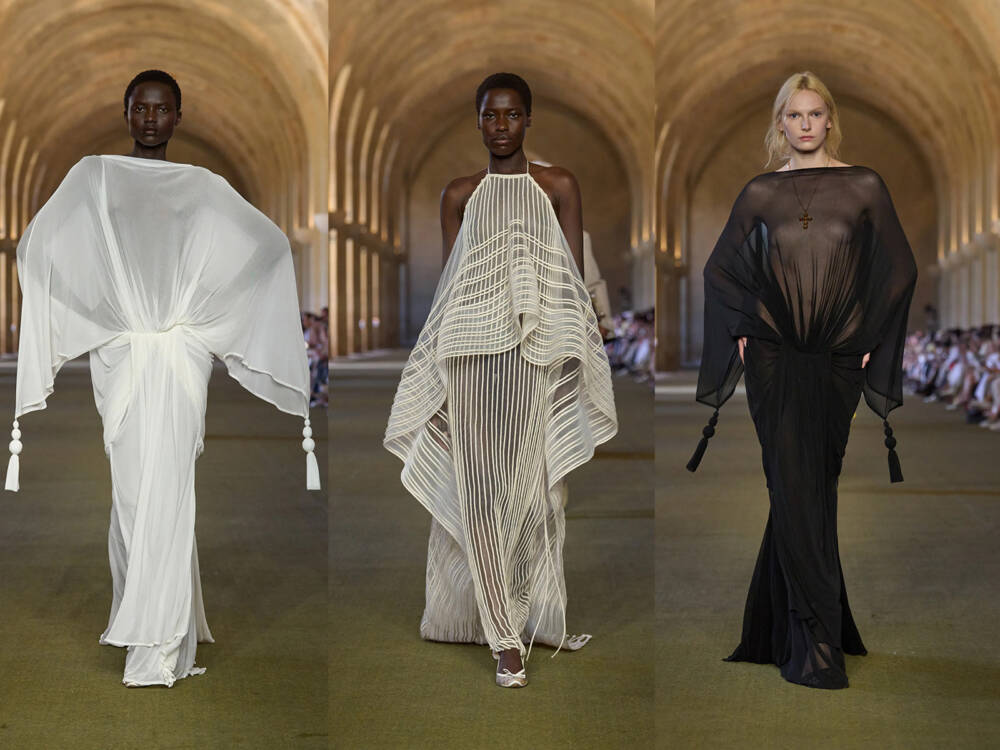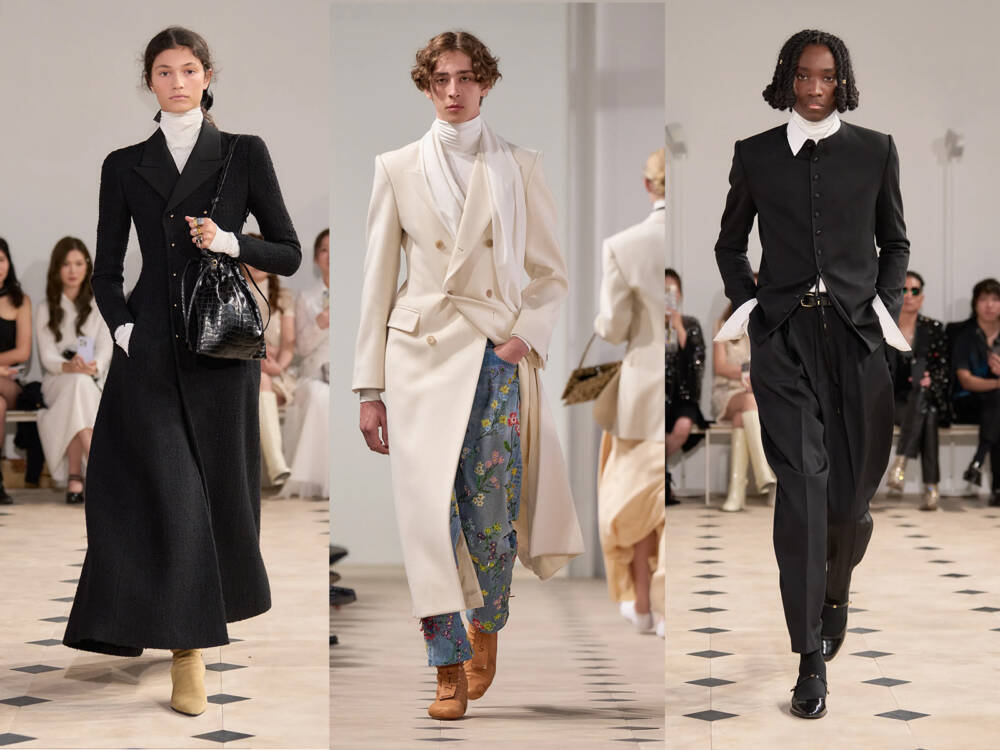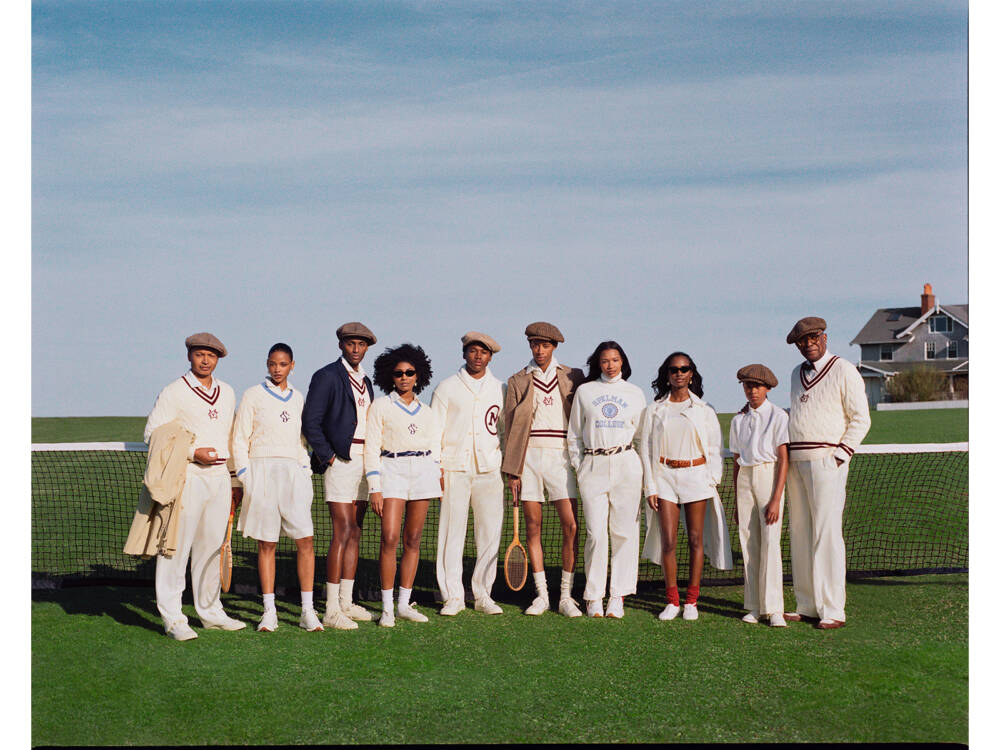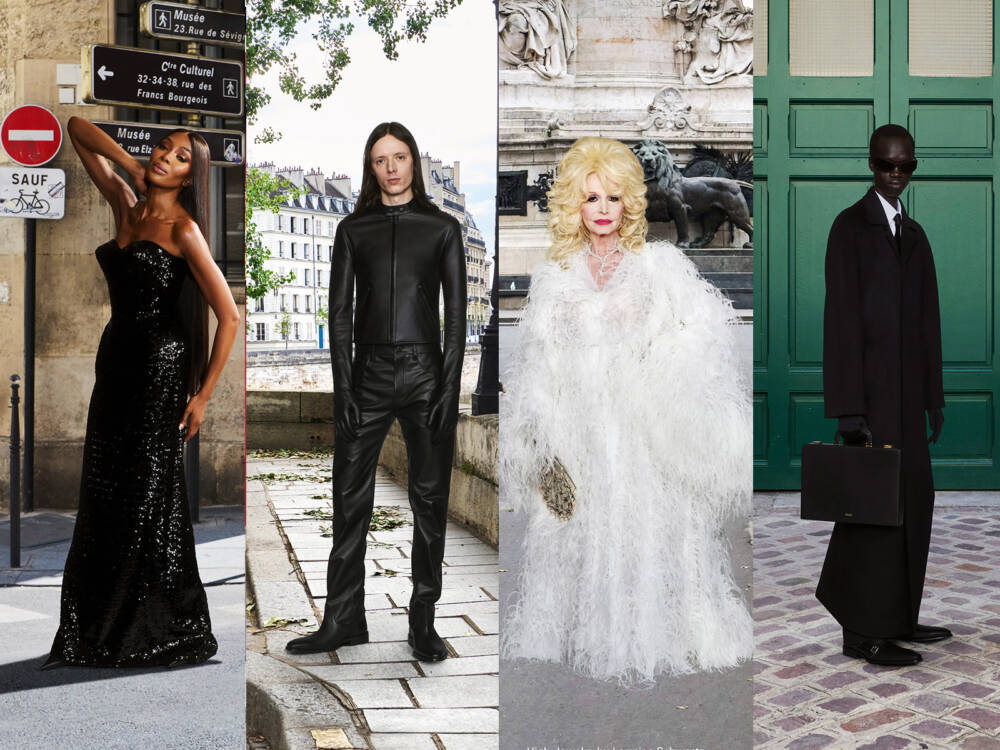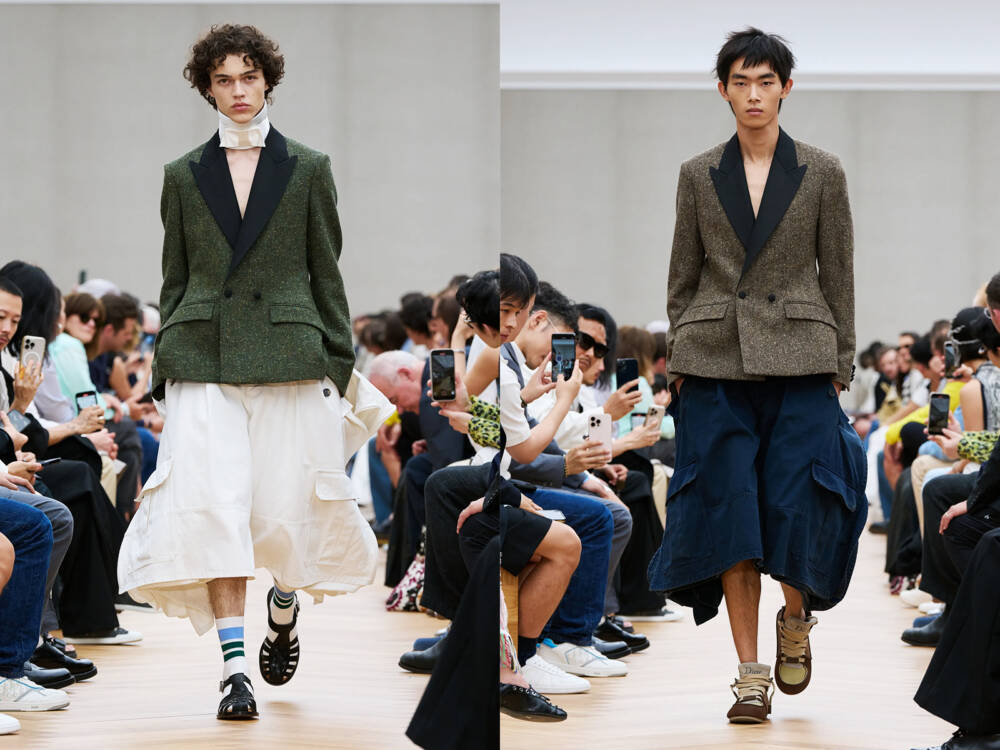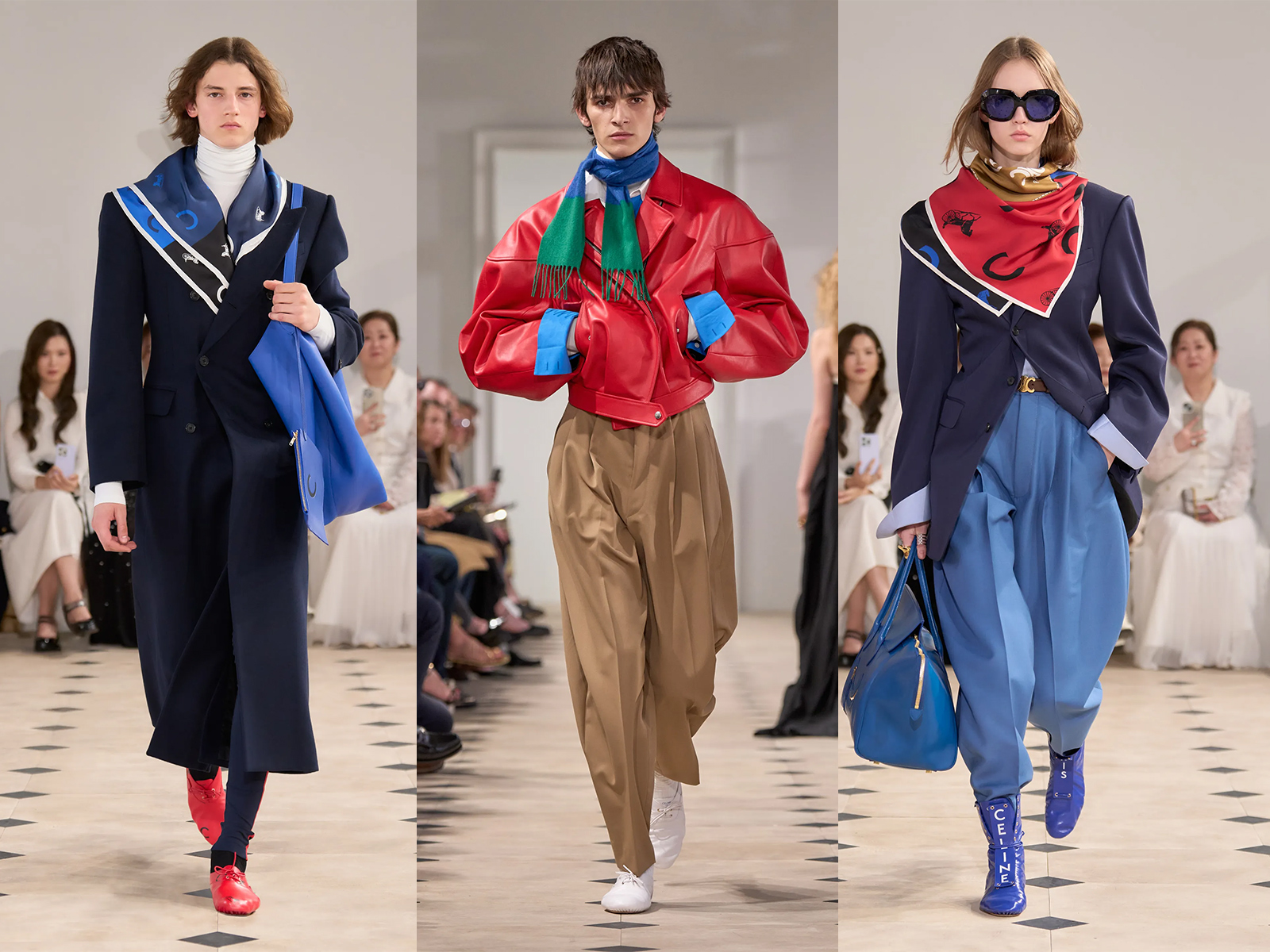
 Celine SS 2026
Celine SS 2026
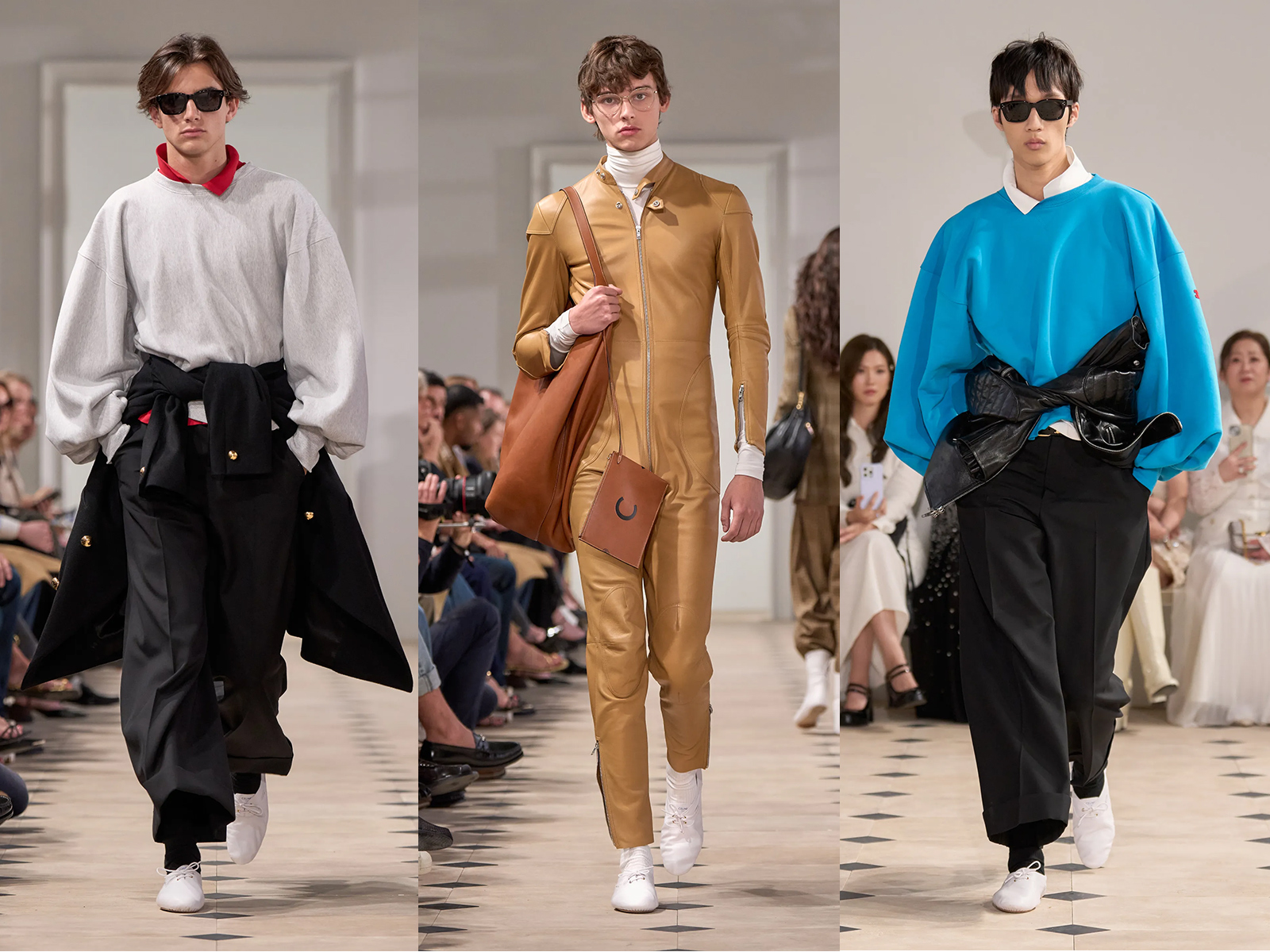

Fashion’s generational shift is fully underway. From storied maisons to avant-garde ateliers, a wave of young designers is stepping into creative director roles, carrying with them new perspectives shaped by a digital-first, hyper-aware, and aesthetically experimental world. Their presence is not only refreshing—it’s redefining the industry’s rhythm. Among these fresh voices, few appointments have stirred as much curiosity and fervor as Michael Rider’s arrival at Celine.
Michael Rider, just 33, is hardly an unknown. Before his appointment at Celine, Rider built a cult following through his eponymous label, celebrated for its poetic minimalism, architectural tailoring, and a distinct emotional edge. A Central Saint Martins graduate, Rider cut his teeth at The Row and Loewe before launching his brand in 2020, quickly becoming a critical darling and dressing a new class of actors, artists, and creatives. His vision—cool, cerebral, and quietly luxurious—stood in contrast to louder trends, making his selection by LVMH to lead Celine all the more intriguing. The decision to name Rider as the successor to Hedi Slimane, who left behind a sharply defined, youth-driven aesthetic, signaled a desire for evolution. The fashion press took note. Could Celine—once synonymous with Phoebe Philo’s intellectual femininity, later rebranded under Slimane’s indie-rock lens—now become a space for more subtle, emotionally resonant fashion?
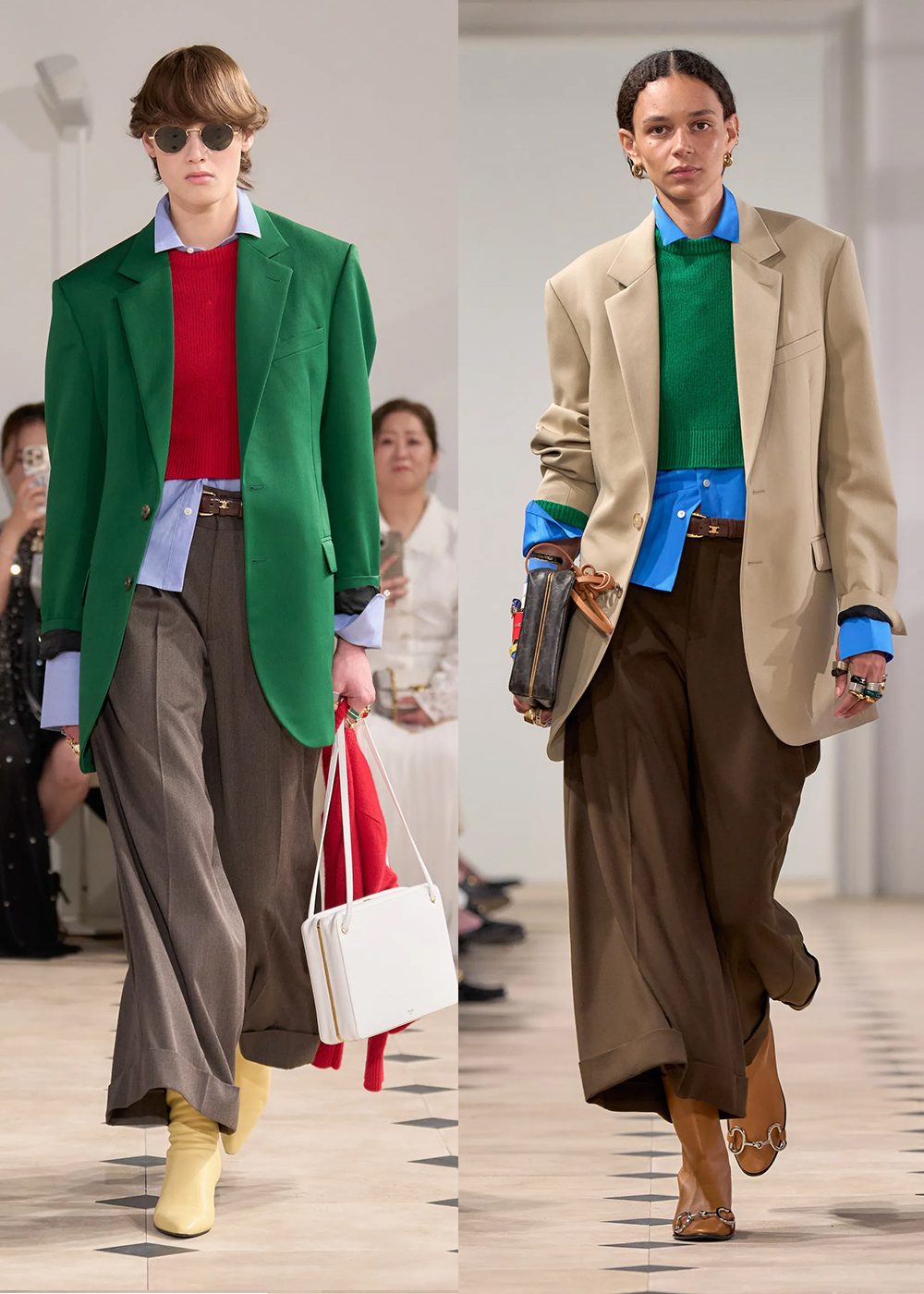

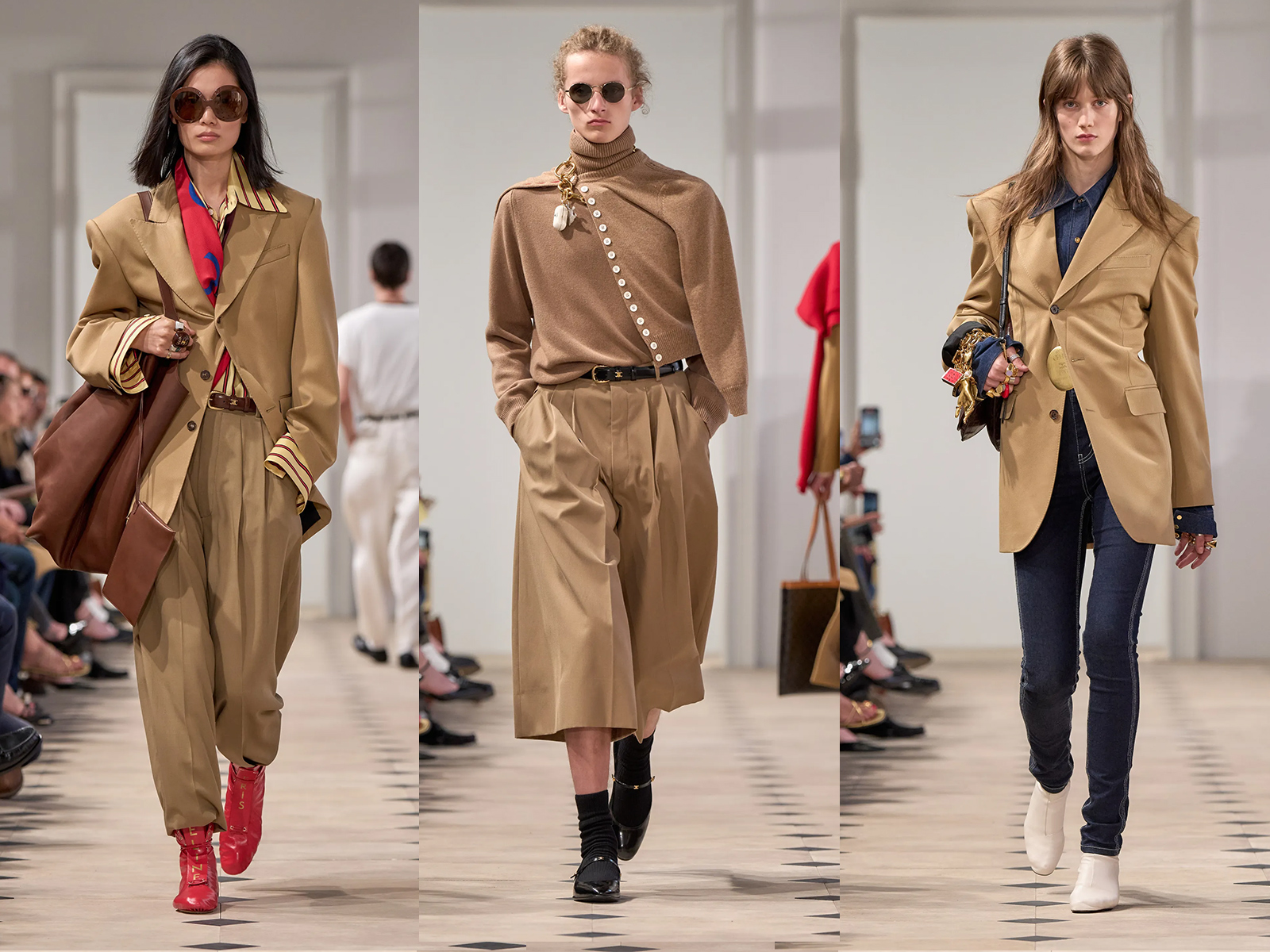

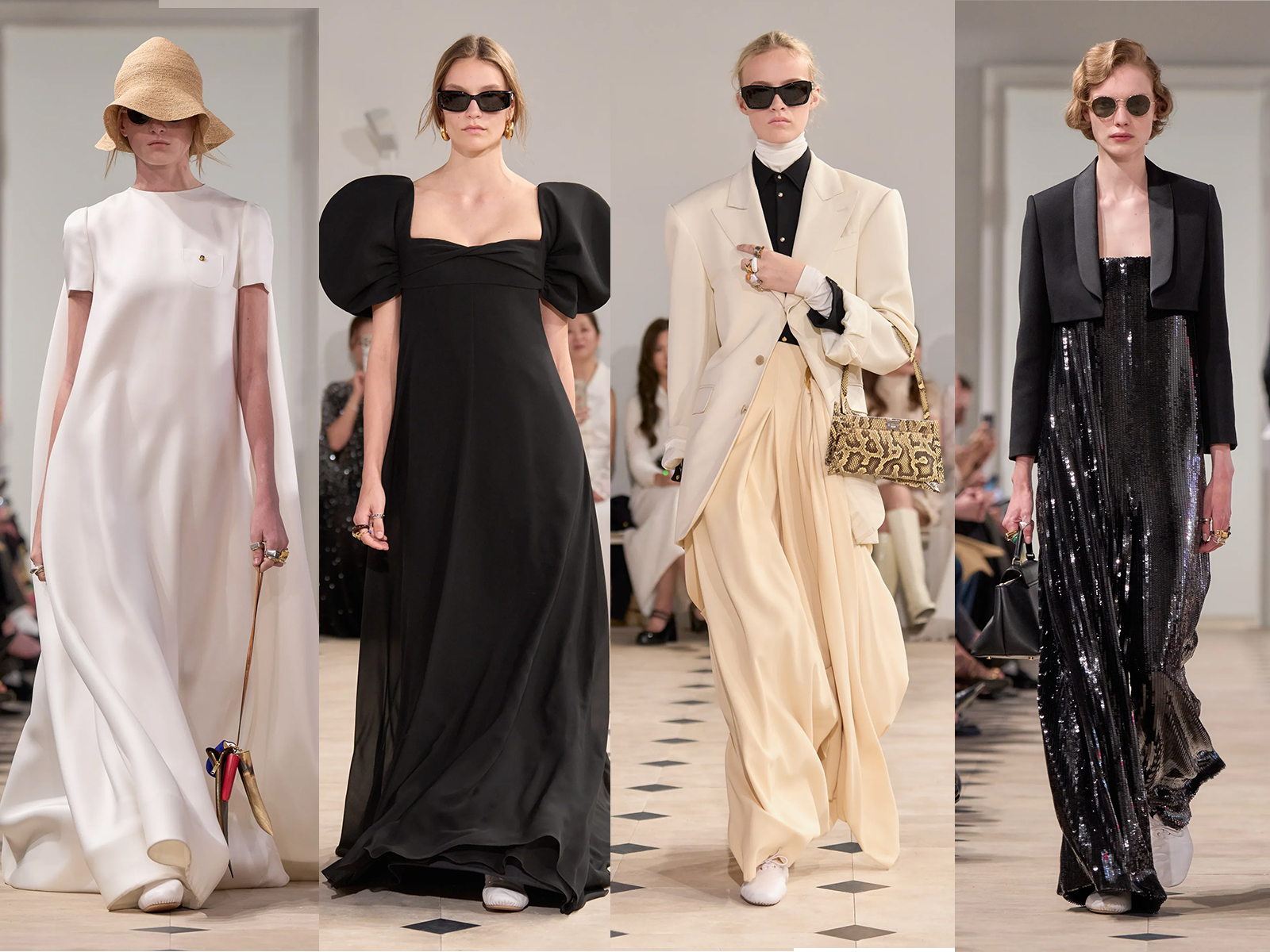

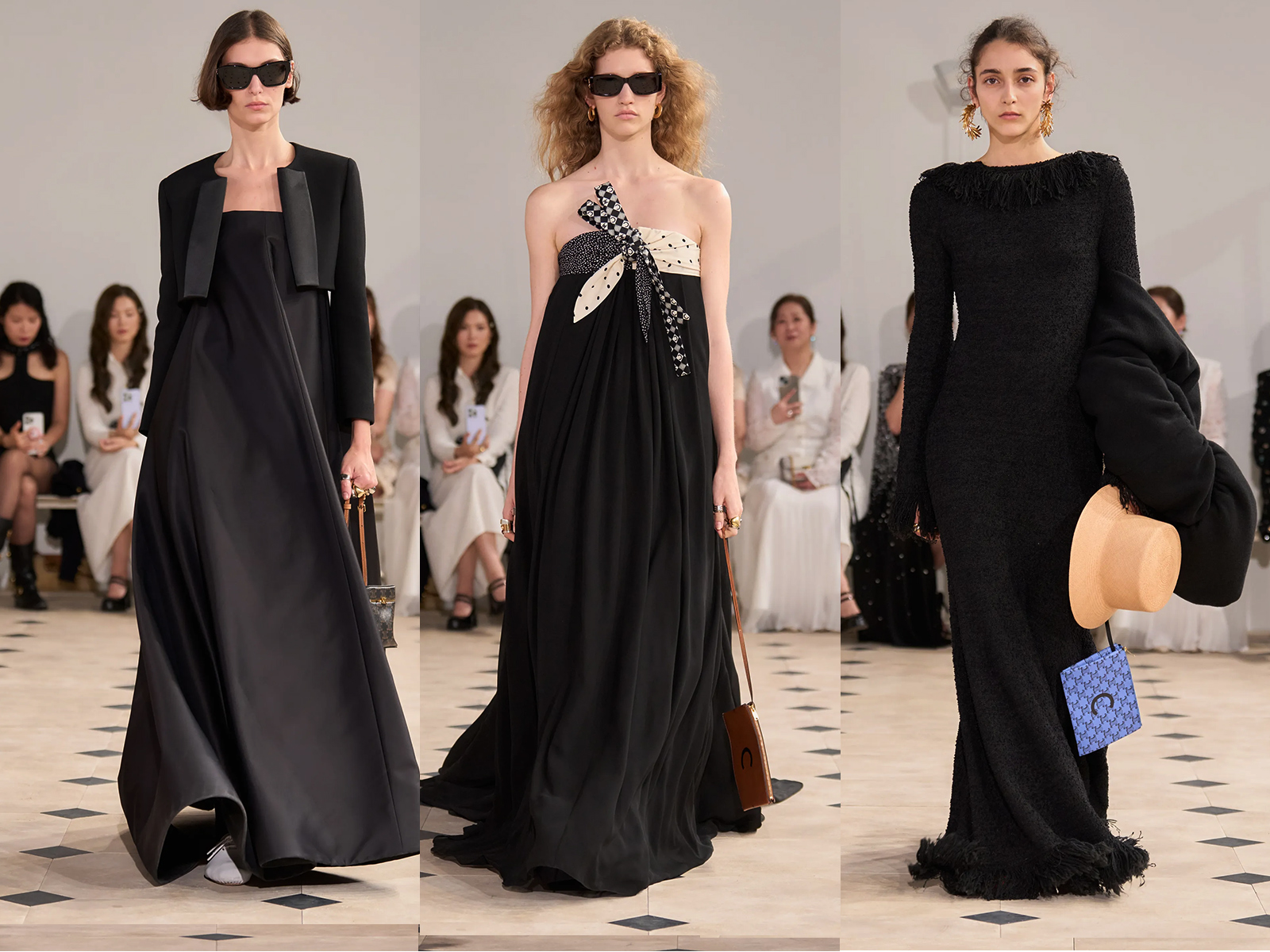

Presented in the raw shell of an abandoned Parisian hôtel particulier, the Celine Spring/Summer 2026 collection was less of a show and more of a soft reveal. No theatrics. No pounding soundtrack. Just a hushed, reverent procession of silhouettes that drew the eye in and asked it to linger. The debut marked a return to quiet sensuality and considered elegance. Rider’s inspiration, as noted in the show notes, came from “the internal life of clothing—the way garments hold memory and gesture before the body even enters.” The collection played with shadow and light, opacity and transparency, structure and collapse. There was a distinct confidence in restraint.
Among the most memorable looks: a sleeveless stone-colored coat with a raw edge and deep back vent, worn open over fluid, tobacco silk trousers. A semi-sheer, ivory blouse with poet sleeves and pin-tucked cuffs paired with tailored shorts and leather slingback flats. An architectural black halter dress cut from crepe with a sculptural collar, worn with a simple chain-link belt at the waist. Slouchy trench coats in sun-faded cotton, lightweight knits in the palest grey, and unexpected moments of soft lemon and blush pink rounded out the palette. Accessories were sparse but purposeful—oversized envelope clutches in saddle leather, wire-thin silver chokers, minimal flat sandals, and barely-there ankle boots. The beauty was natural but intentional: undone hair, brushed brows, and lips left bare.
With this first collection, Michael Rider doesn’t shout—he whispers, and we lean in. It’s a different kind of seduction, one rooted in emotional intelligence and timeless design rather than trend-chasing or theatricality. Rider’s Celine might not be what anyone expected. It might be something better. Celine.
